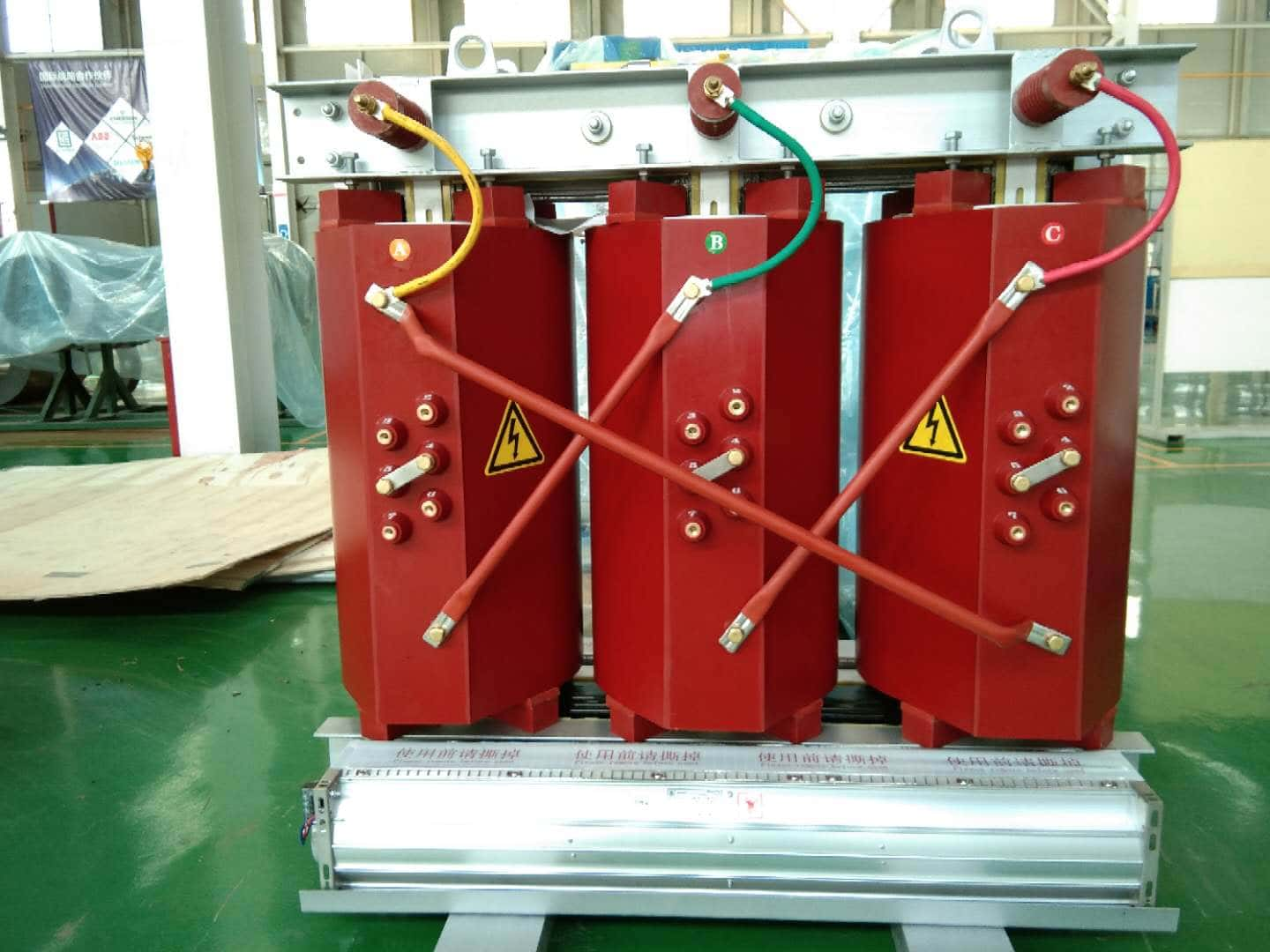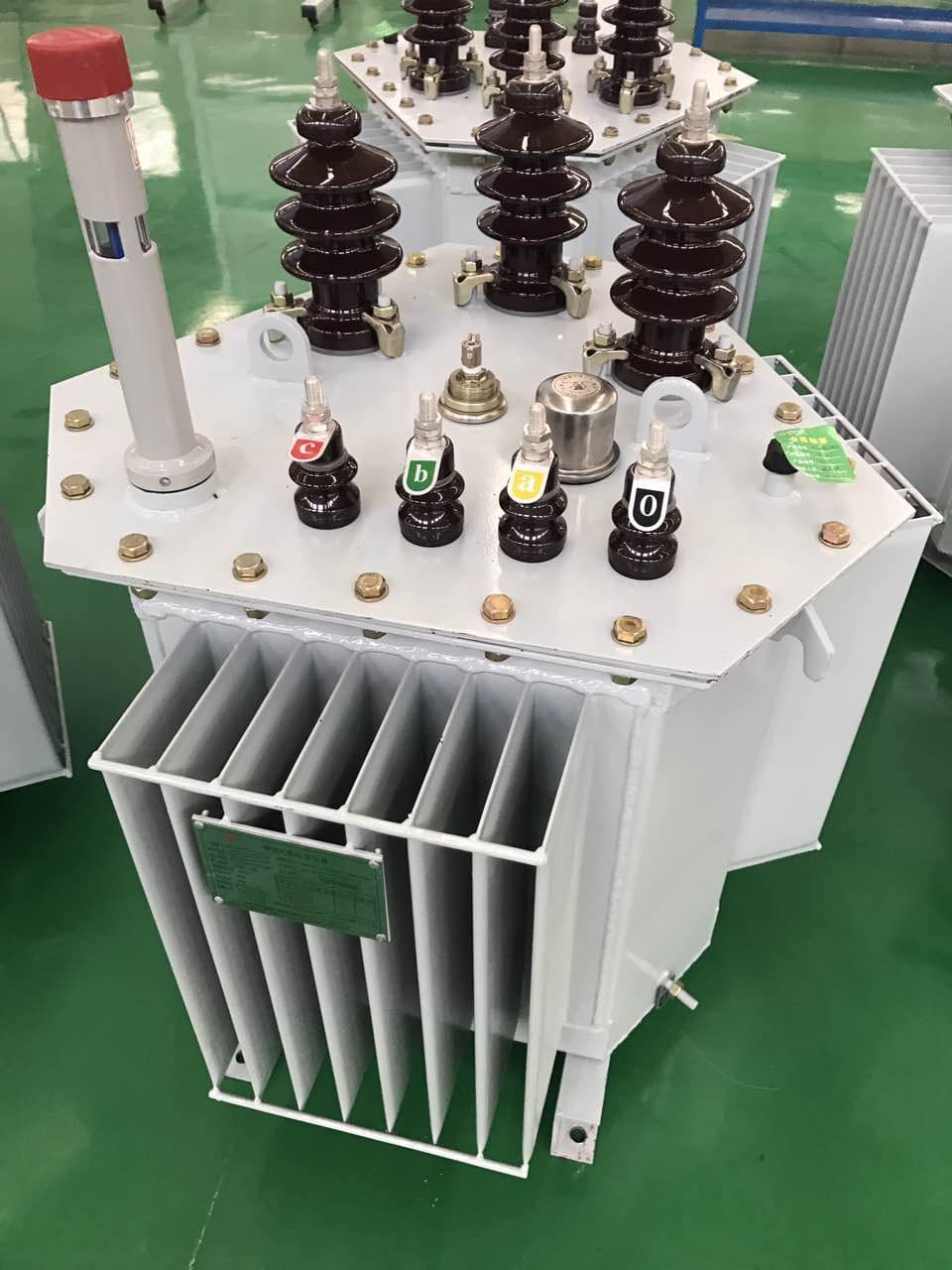Dry-type transformers and oil-immersed transformers are two different types of transformers, each with its own set of characteristics.
Here are the key differences between them:
Cooling Medium:
Dry-type Transformers: These transformers use air as the cooling medium. They rely on natural convection or forced air circulation to dissipate heat and cool the transformer.
Oil-immersed Transformers: In these transformers, oil serves as the cooling and insulating medium. The oil helps to transfer and dissipate heat generated during operation.
Insulation:
Dry-type Transformers: The insulation system in dry-type transformers typically involves materials like epoxy resin or cast resin. These materials provide adequate insulation without the need for liquid insulation.
Oil-immersed Transformers: The insulating oil in these transformers not only provides electrical insulation but also contributes to cooling. The oil helps in suppressing corona and arcing, enhancing the overall insulation performance.

Environmental Impact:
Dry-type Transformers: They are considered environmentally friendly as they do not use any oil. They are often chosen for applications where environmental concerns, such as the risk of oil spills, are important.
Oil-immersed Transformers: The use of oil raises environmental considerations, especially in terms of the potential for oil leaks or spills, which can have environmental impacts.
Installation and Maintenance:
Dry-type Transformers: They are generally easier to install and require less maintenance compared to oil-immersed transformers. They do not involve the handling of oil and are suitable for indoor installations.
Oil-immersed Transformers: These transformers require more care during installation, and regular maintenance, including monitoring and testing of the oil, is essential. They are often installed outdoors or in specially designed transformer vaults.
Fire Safety:
Dry-type Transformers: They are considered safer in terms of fire risk since they do not use flammable liquids like oil. This makes them suitable for installations in buildings with strict fire safety regulations.
Oil-immersed Transformers: The oil used in these transformers is flammable, and there is a higher fire risk associated with them. Special precautions, such as fire-resistant oil and containment measures, are taken to address this concern.

Cost:
Dry-type Transformers: Initially, dry-type transformers might have a higher upfront cost, but they can be more cost-effective in the long run due to lower maintenance requirements.
Oil-immersed Transformers: They may have a lower initial cost, but the ongoing maintenance and environmental considerations can contribute to the overall life-cycle cost.
The choice between dry-type and oil-immersed transformers depends on various factors such as application requirements, environmental considerations, safety regulations, and cost considerations. Each type has its advantages and limitations, and the selection should align with the specific needs of the application.

Tags:
Enameled Wire Copper wire Aluminum wire Enamelled wire Aluminum Winding Wire Magnet wire Modified polyester Round copper wire Heat resistance Enameled aluminum wire